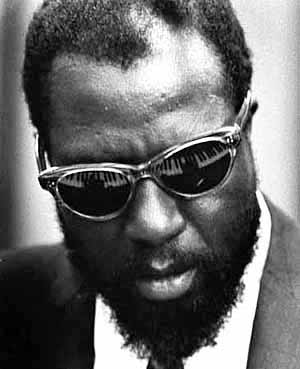Before
the start of this class I saw the history of jazz as a revolutionary occurrence
that represented the rise of creating new music and dance that went against
society’s norms. It created a subculture
in society, music, and dance, from which some people shied away because of
their fear of change. Through jazz, blacks
trying to make name for themselves by expressing their culture through music
and dance. I was informed on only the
general idea of the rise of jazz, but I did not know much about any
specifics. I knew that I liked the sound
and the culture surrounding jazz, swing, ragtime, and bebop, but I could not
quantify what differentiated the different styles, nor what led to their
creation.
However, when I started learning
about jazz this quarter, I realized how much I did not know. I was blissfully
unaware of the variance of histories that led to the rise of jazz, starting in
African music and really taking off in New Orleans and branching off in Kansas
City, Los Angeles, Chicago, and New York.
Jazz grew and transformed into different styles based on the variety of
influences of the cities and people who loved jazz. This class opened my eyes up to the truly
rich and diverse history that allowed my appreciation for jazz as a musical style
to develop and mature.
The concept of “genius” was
described by Samuel Johnson as “like
fire in the flint, only to be produced by collision with a proper subject, it
is the business of every man to try whether his faculties may not happily
cooperate with his desires.” He explained that genius emerges when it finds its
proper subject. However Dr. Stewart
revised this viewpoint when he posited that, “genius emerges when it finds its
proper context, environment, audience.” Genius in art is always best in
cohesion with community, in a dialogue with a particular community, or a
specific time and space (Lecture 1/29). This
community was found in jazz’s move from New Orleans to Chicago, the move from
an integrated America to a intensely and incredibly segregated America with a
more robust community of industrialism.
This community gave birth to the first jazz super star because it was the
perfect context for a genius to emerge from.
My definition of the
concept of “genius” has changed through my participation in this class. The jazz genius shapes the community, just as the
community shapes the genius. The perfect example of this is Thelonious Monk’s
genius. “Much of Monk’s genius lay precisely in this ability to juxtapose the
simple and complex, a talent he applied in many…ways” (Gioia 243). This juxtaposition and individuality was something
that was inherent in Monk because of his childhood in New York’s San Juan Hill,
a neighborhood with great diversity and energy, a combination of which shaped
Monk’s personality. In return, Monk’s distinctive
style and unique take fostered a community around his character and produced a
new generation of the young and rebellious, the Beat generation.

